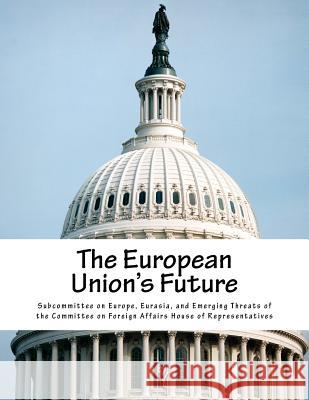The European Union's Future » książka
The European Union's Future
ISBN-13: 9781519218087 / Angielski / Miękka / 2015 / 52 str.
From a relatively modest idea in the early 1950s for six countries to form a common market for steel and coal production, the supranational organization that we now know as the European Union was created. Five and a half decades on, the European Union has expanded to include 28 national governments and represents over 500 million people. Taken together, the GDP of the EU is over $18 trillion, one of the largest global economies. The historical forces which promoted the European integration after World War II helped to make that continent more peaceful and more prosperous. The European Union and the liberal values it embodies helped numerous post-Communist Eastern European countries make the transition from their Socialist Communist economies to a market economy. The fact that new countries continue to seek membership shows that the fundamental values of the EU are the right ones and continue to be attractive. Despite this, however, the future of the European Union and the entire project of European integration has arguably never seemed so much in doubt. The EU has expanded to include economies of all sizes, countries, and different cultures, and sometimes conflicting national interests. This has led many to rightfully ask: Has the EU become too large to manage?
Zawartość książki może nie spełniać oczekiwań – reklamacje nie obejmują treści, która mogła nie być redakcyjnie ani merytorycznie opracowana.











